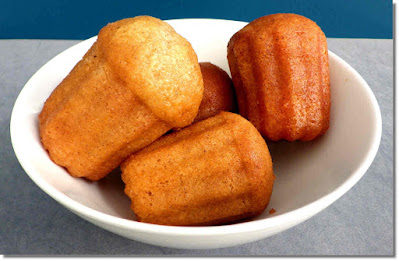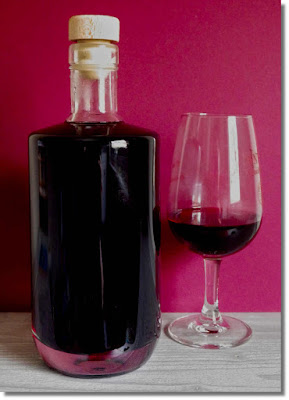Grelette Sauce and Onion Confit for a 1980s Christmas

If I ever get round to inventing a time machine then I'll probably revisit any year from the 1980s rather than live through 2020 again. So for this Christmas season I'm looking back to the decade "when the frocks went posh" (as the estimable Cleaners from Venus say). I'm offering versions of both a sauce and a side dish from the 80s that would be useful at any time of the year but will be just perfect alongside Christmas leftovers. So make a note of them in your Filofax, blow the dust off the Lloyd Cole album and I'll see you down at the wine bar later. First, the sauce.... Grelette Sauce This cold sauce is very easy to put together. It can be served in generous amounts to complement a main course or in smaller dollops as a condiment in a similar way to tartare sauce. I remember it being served mainly with fish and fish terrines but it also works well with turkey, chicken or vegetable dishes. Grelette sauce was created (I think) by Roger Vergé but there were ...











